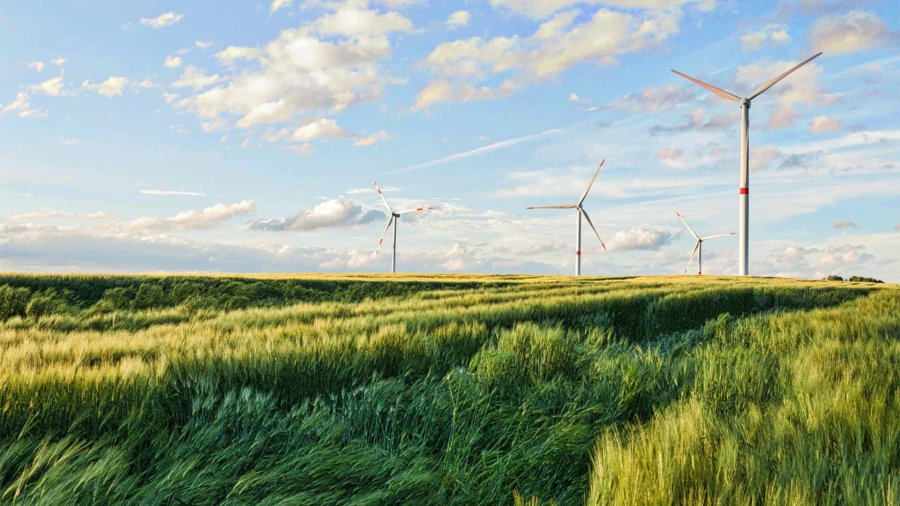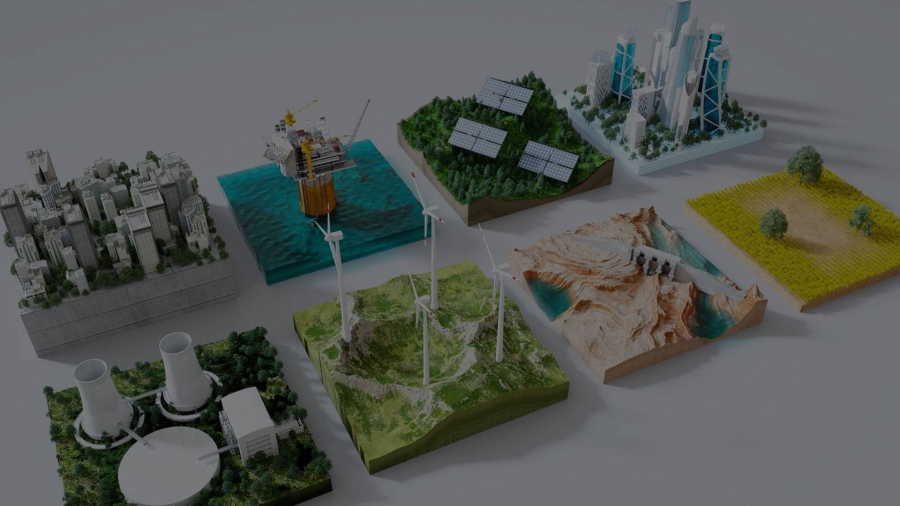It has been well-established by now that the myriad of risks arising from climate change interact with one another, crossing not just national boundaries but also classifications such as environmental, social, governmental, economic, or technological. In 2022, Schneider Electric set out to map its different climate risks in a network in order to analyze their interconnectivities, so that it could then optimize its climate risk mitigation and strategy based on this analysis.
This paper describes an innovative combination of methods suited to assess interconnecting factors—expert elicitation and graph theory—that Schneider Electric used to arrive at this risk network. It lays out the conclusions Schneider Electric drew from the network, including that by themselves seemingly relatively unimportant events can have a potentially large accumulated impact across the risk system, pointing towards significant indirect benefits of hard-to-quantify corporate leadership actions like creating a culture of continuous learning, information collection and sharing, and strong company values.
By sharing the methods and conclusions of this climate risk network exercise, we hope to support the efforts of other organizations in effectively managing risks and identifying opportunities, whether from climate change, other sustainability issues, or any challenging situation marked by complexity.













